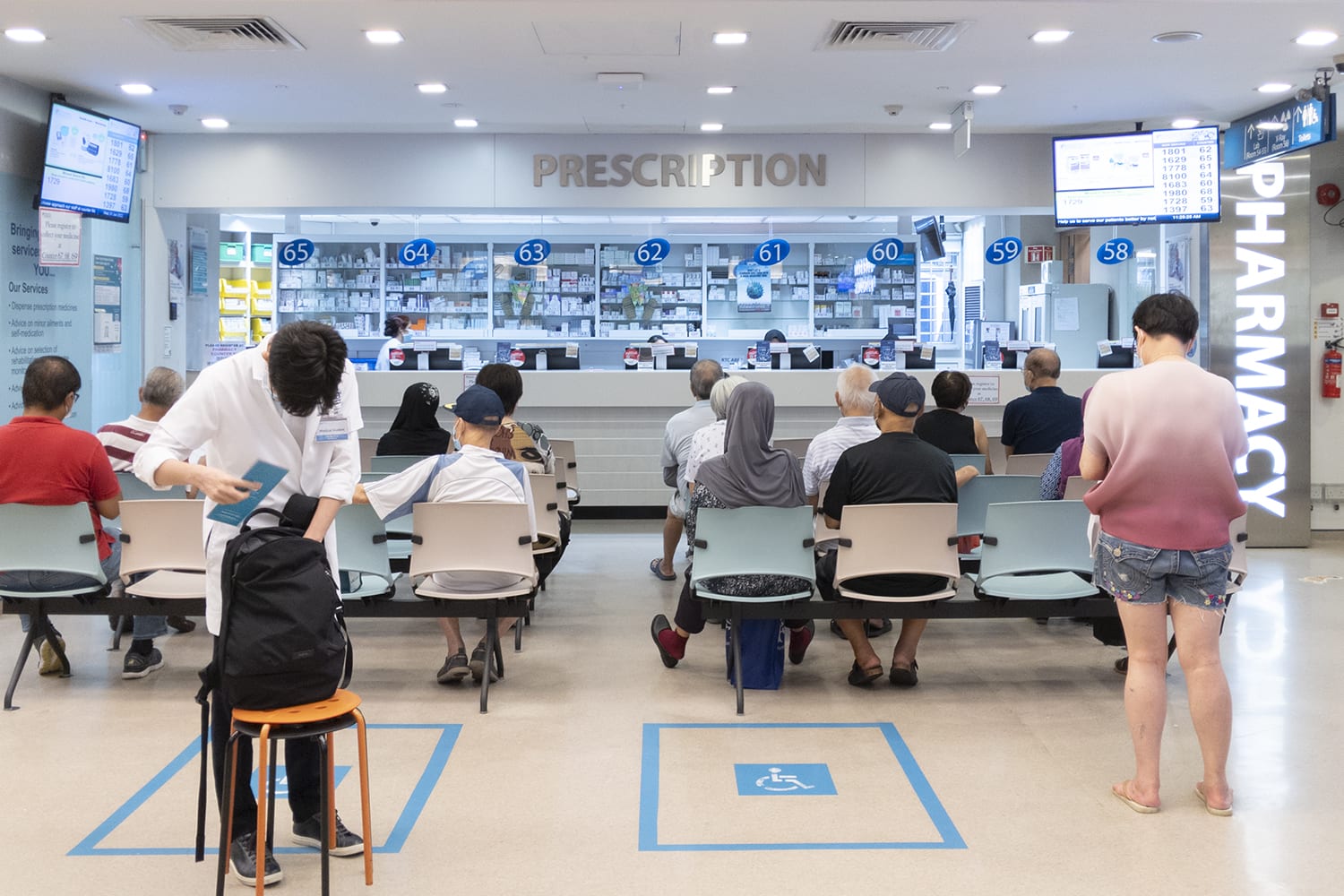MOH to provide additional support for cancer patients affected by changes to treatment claim policies

Cancer drug spending grew 20 per cent per year from 2016 to 2019, said MOH, adding that this was "not sustainable".
Follow us on Instagram and Tiktok, and join our Telegram channel for the latest updates.
Published September 2, 2022
Updated September 2, 2022
WhatsAppTelegramFacebookTwitterEmailLinkedIn
SINGAPORE — The Ministry of Health (MOH) announced on Friday (Sept 2) additional transitional support for cancer patients who are affected by changes to treatment claim policies that took effect on Thursday.
In August last year, MOH announced changes to the MediShield Life, MediSave and Integrated Shield Plan (IP) coverage, as well as established a Cancer Drug List (CDL).
Under the changes, which took effect on Thursday, only treatments that are listed on the CDL are covered under MediShield Life and MediSave. IP coverage will also be adjusted from April 1, 2023, upon policy purchase or renewal.
Cancer drug spending grew 20 per cent per year from 2016 to 2019, said MOH, adding that this was "not sustainable". The changes were made to address this issue.
MOH has also extended drug subsidies through the Medication Assistance Fund to more Singapore residents at public healthcare institutions. This will help improve the affordability of clinically and cost-effective cancer drugs, it said.
READ ALSO
Cancer treatment to be more affordable under changes to Medishield Life and other schemes: MOH
Currently, more than 90 per cent of cancer treatments approved by the Health Sciences Authority are on the CDL. This will continue to expand as the ministry continues to engage drug companies and as new clinical evidence emerges.
SUPPORT DURING TRANSITION PERIOD
Patients in public and private healthcare institutions who started treatments that are not on the CDL, or are on the CDL but not subsidised before Sept 1, may find themselves affected by the policy change, said MOH.
Out-of-pocket expenses may go up, until the drugs are included or subsidised on the CDL.
"We will provide additional support for this group of patients during this transition period so that their ongoing course of treatment is not disrupted," said MOH.
Patients with IPs that currently cover their treatments will not see any change to their coverage from Sept 1, as the changes to IPs will only kick in on their policy renewal date from April 1 next year.
Additionally, all IP insurers have committed to providing support during this transitional period to policyholders undergoing cancer drug treatments beyond April 1, 2023.
Patients with MediShield Life only will receive additional financial support for their current course of treatment.
"Generally, they will not need to pay more cash as compared to before," said MOH, adding that patients may approach their respective public healthcare institutions for more details.
Those who are receiving private care and need further financial assistance may also request to be directly referred to subsidised specialist care at public healthcare institutions, where their treatment plan will be reviewed and they can apply for additional financial support.
At a dinner hosted by the Singapore Cancer Society on Friday, Health Minister Ong Ye Kung said he hoped that with the changes, effective cancer treatments can be made more accessible and affordable to all future patients.
"But there will be mid-flight patients, meaning those who are in the middle of their treatment, using cancer drugs not on the CDL," he said.
"So we should avoid the situation where they will find the cost of their cancer drugs shoot up suddenly. We should make provisions, so that the impact on them should be minimal, if not zero."
The additional support for these patients will allow them to complete their treatment with minimal or no impact to their out-of-pocket expenses after MediSave withdrawals and MediShield Life claims, said Mr Ong.
If these patients have IPs, insurers have committed to continue their current IP coverage at least until September next year, he added.
The Life Insurance Association announced on Friday that all seven insurers offering IP will provide additional support for policyholders amid the implementation of the CDL.
They will keep premium rates for IPs steady from Friday to Aug 31, 2024, although this will not apply to IP riders.
The insurers will also provide transitional support until Sept 30, 2023, for patients whose IPs are renewing between April 1, 2023 and Sept 30, 2023, and are actively undergoing cancer drug treatments as of March 31, 2023.
"This transitional support will provide affected IP policyholders more time to deliberate on their treatment plans and adjust to the change by switching to suitable alternatives on the CDL, where appropriate," said the Life Insurance Association.
"It is critical that treatment decisions are made only upon adequate consultation and discussions with doctors on the way forward. Policyholders are also encouraged to engage their IP insurers to seek clarifications, if required, before commencing treatments."
Future patients, together with their oncologists, should consider treatment options on the CDL, which are "clinically proven and more cost effective", before considering alternatives, said MOH.
"Notwithstanding, IP insurers have decided that their riders’ coverage will continue to cover treatments beyond the CDL," said MOH, adding that this will provide greater choice for those who prefer and wish to pay for broader coverage. CNA

